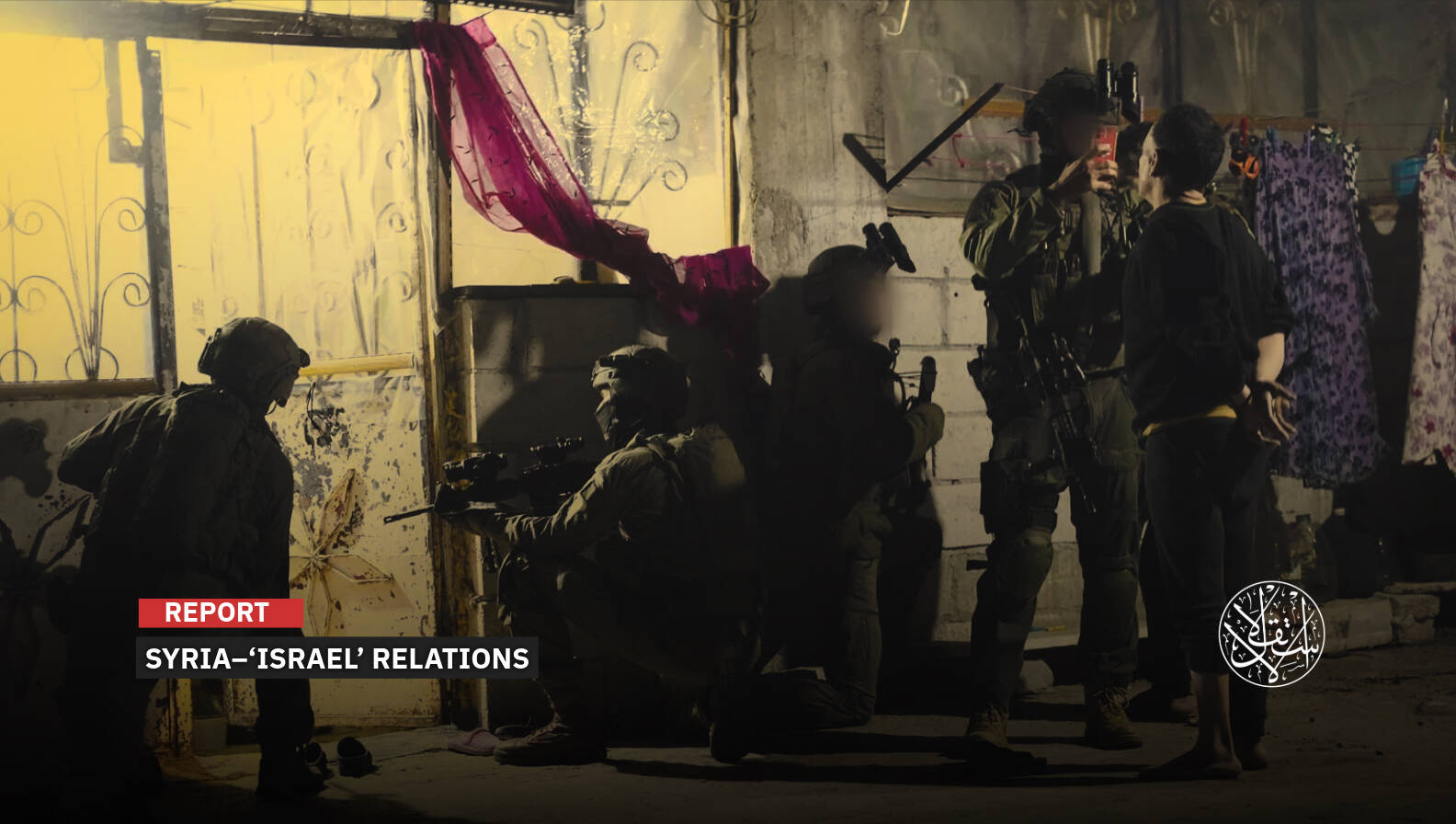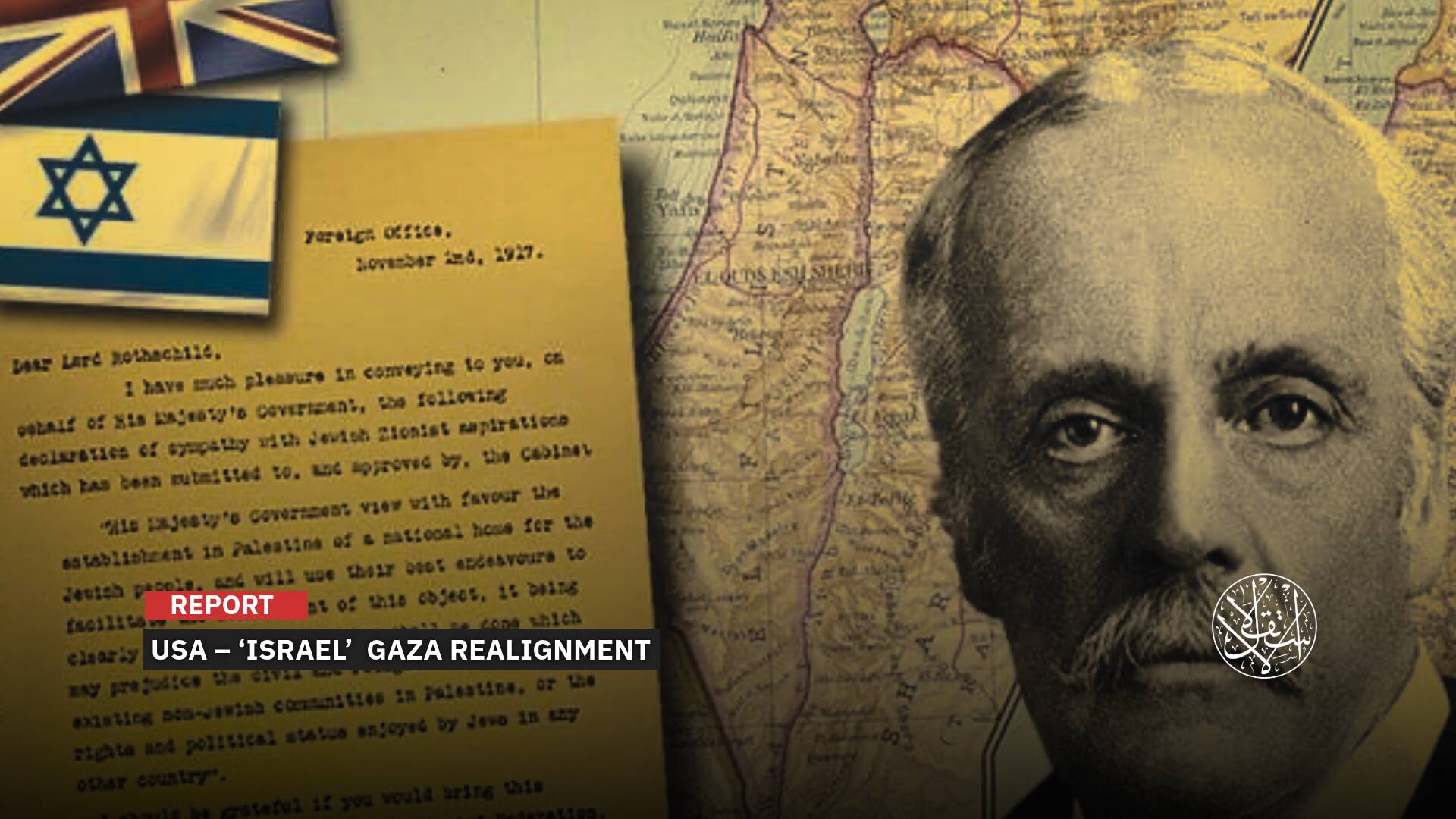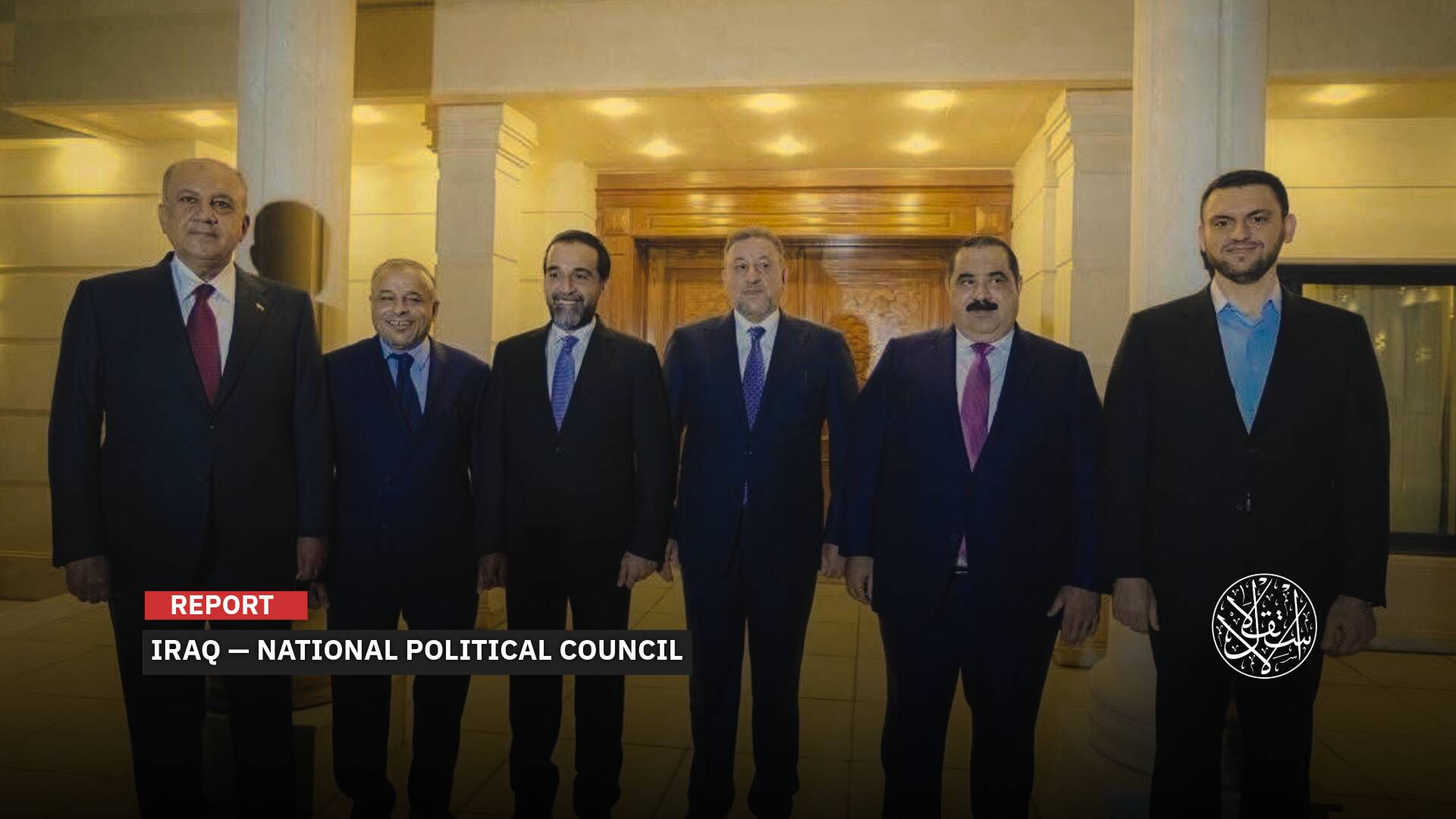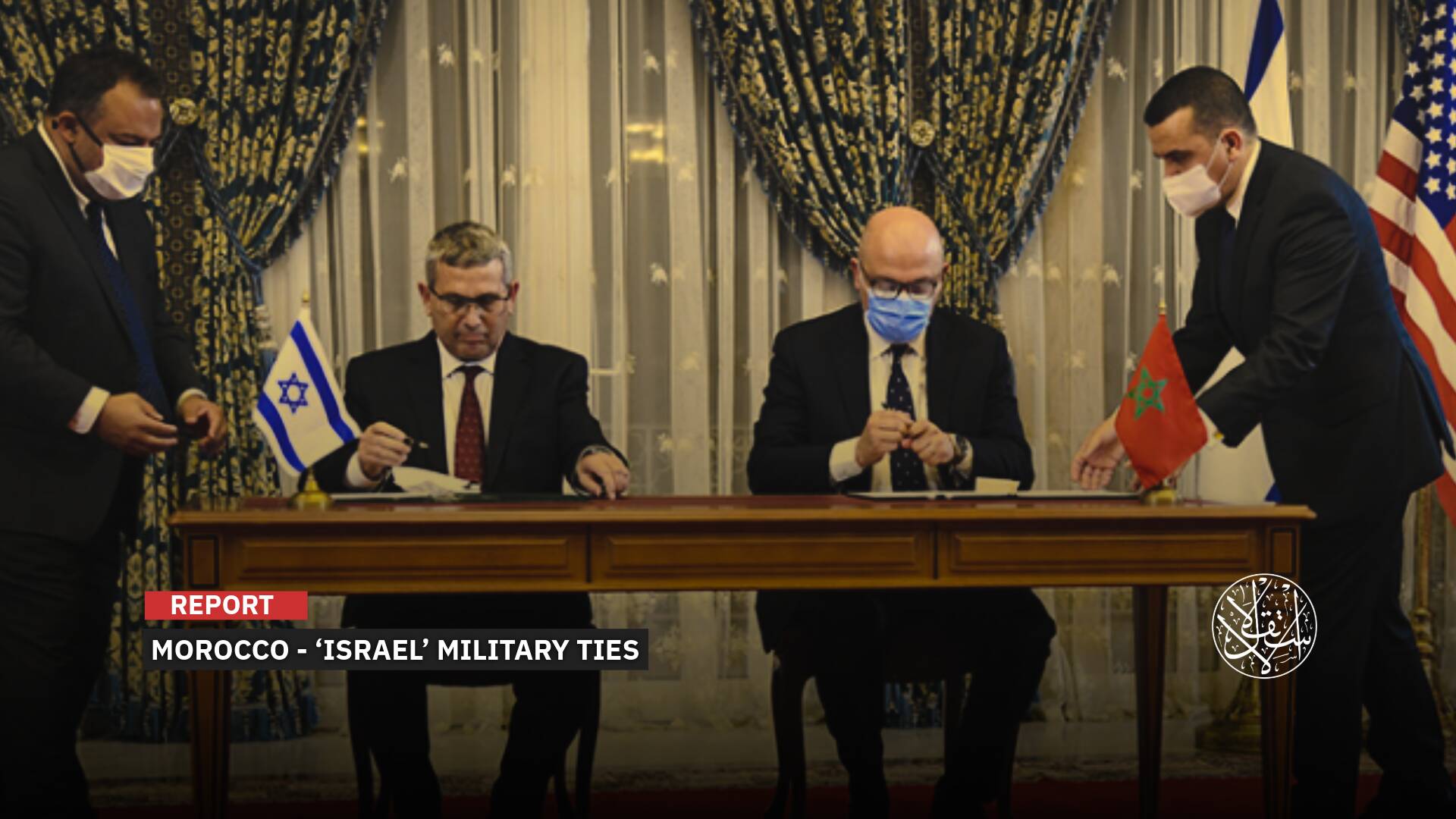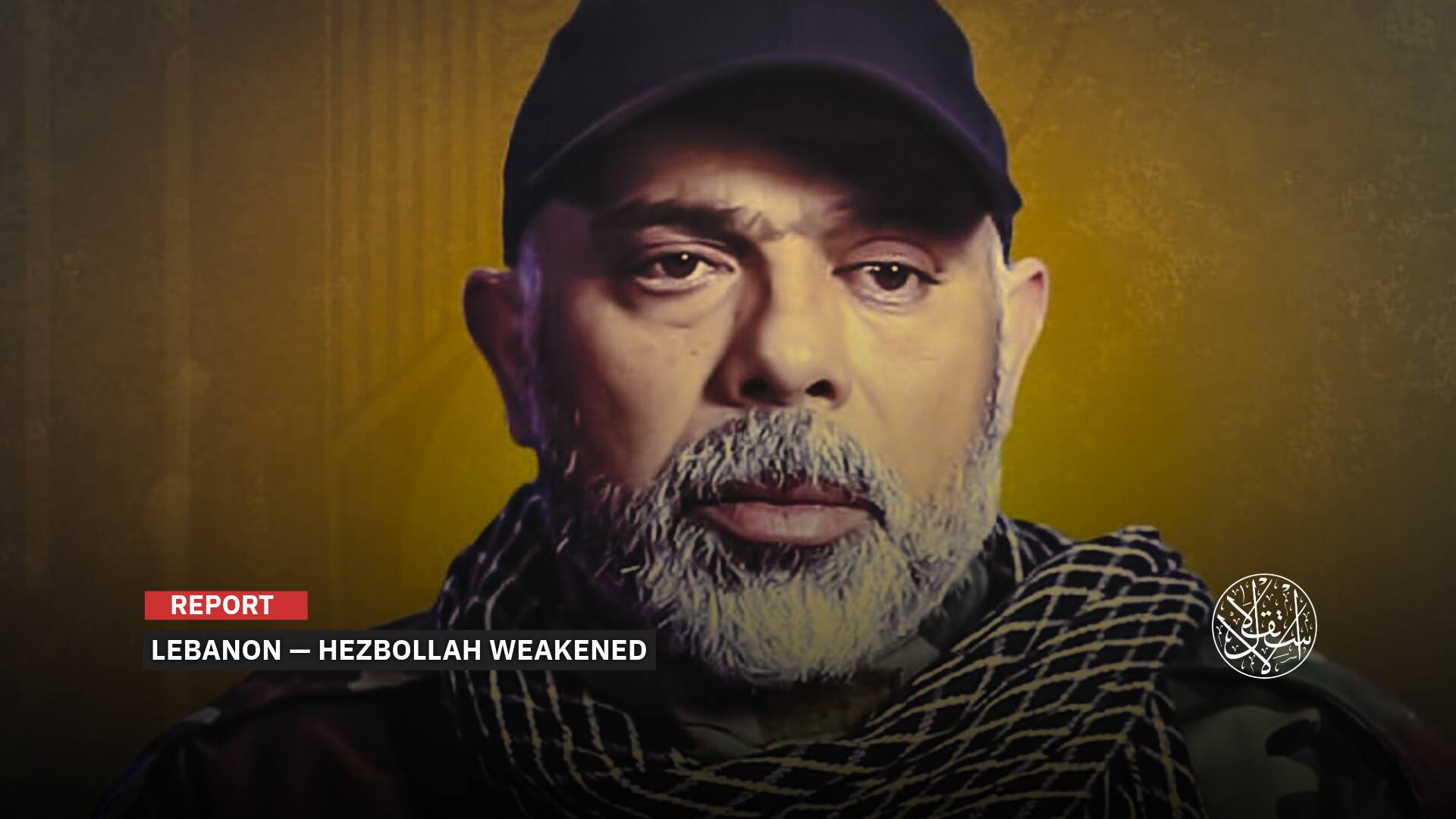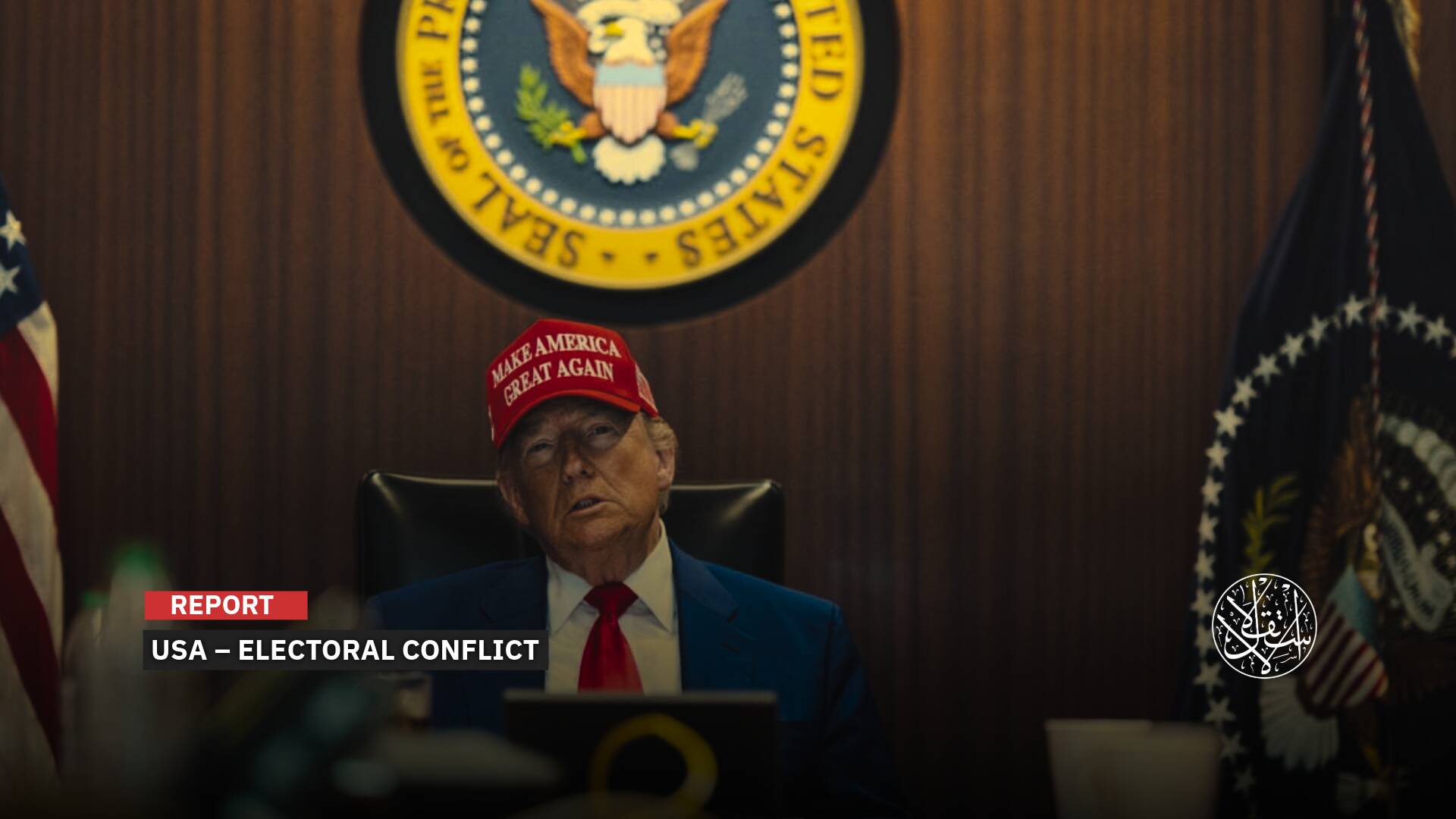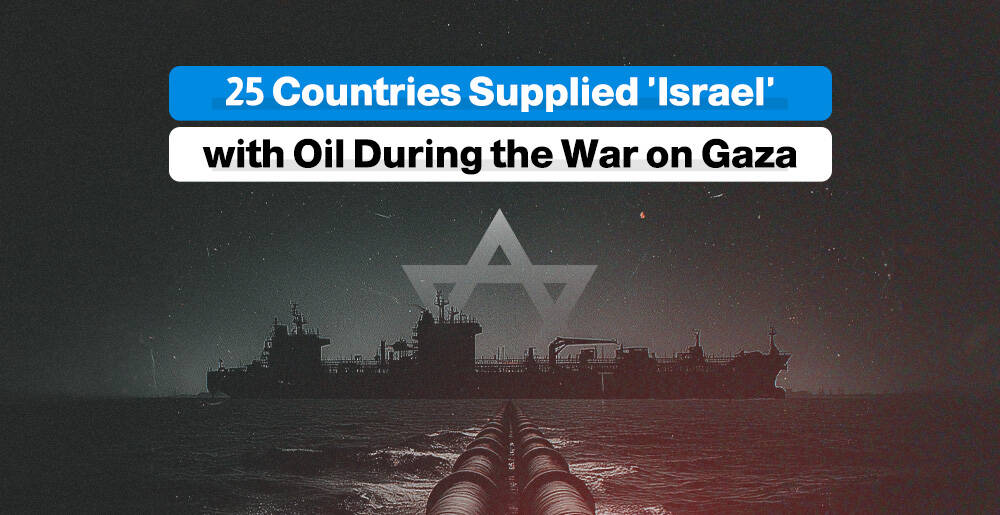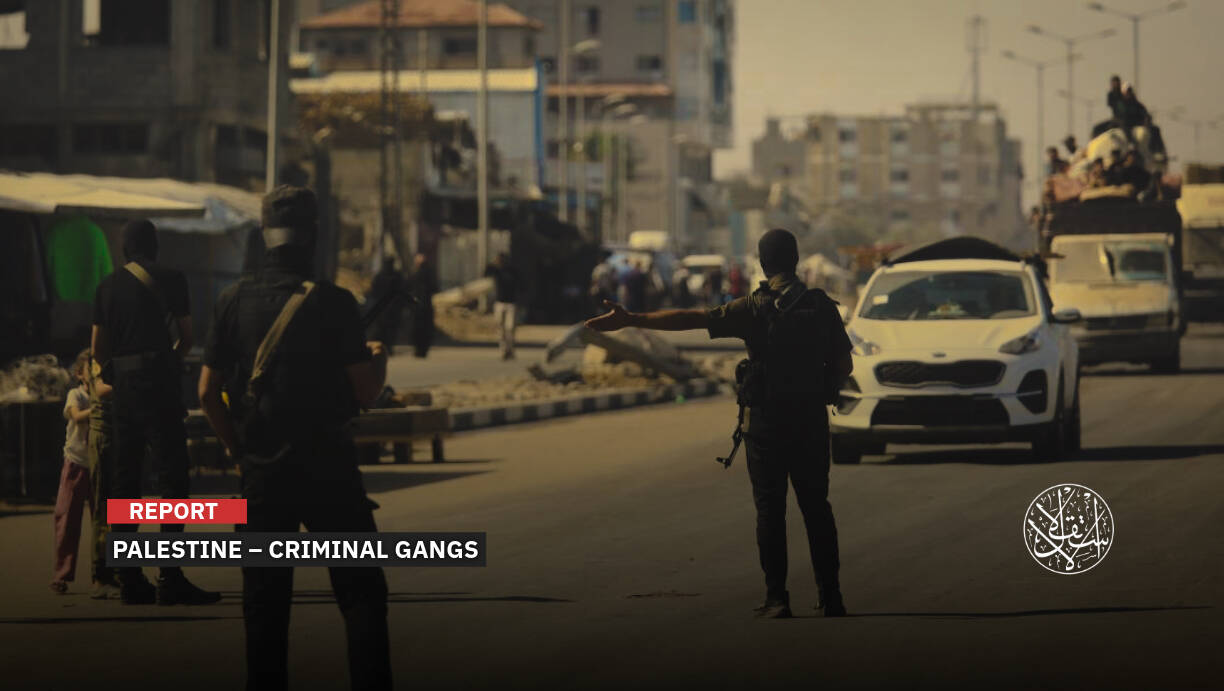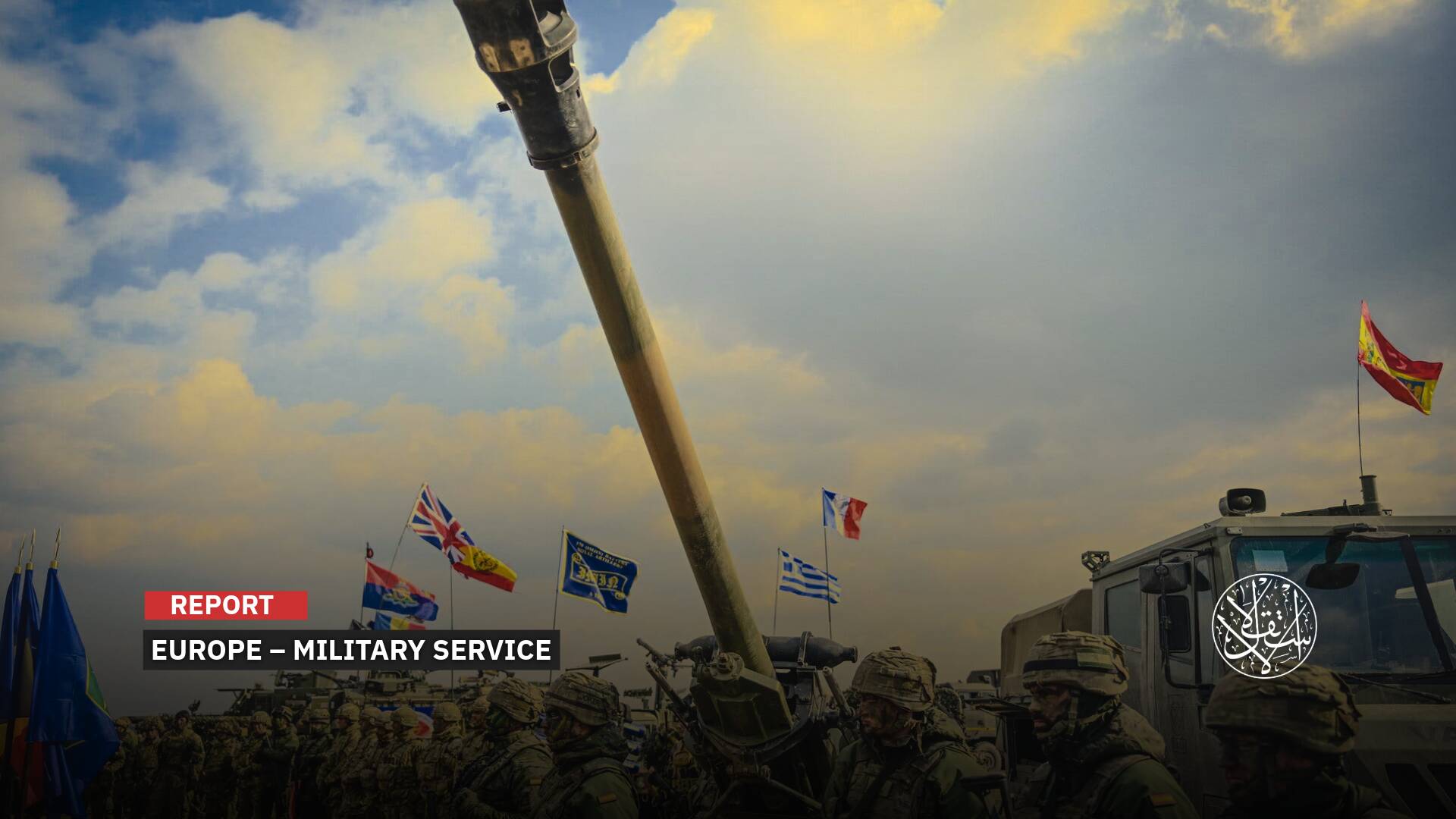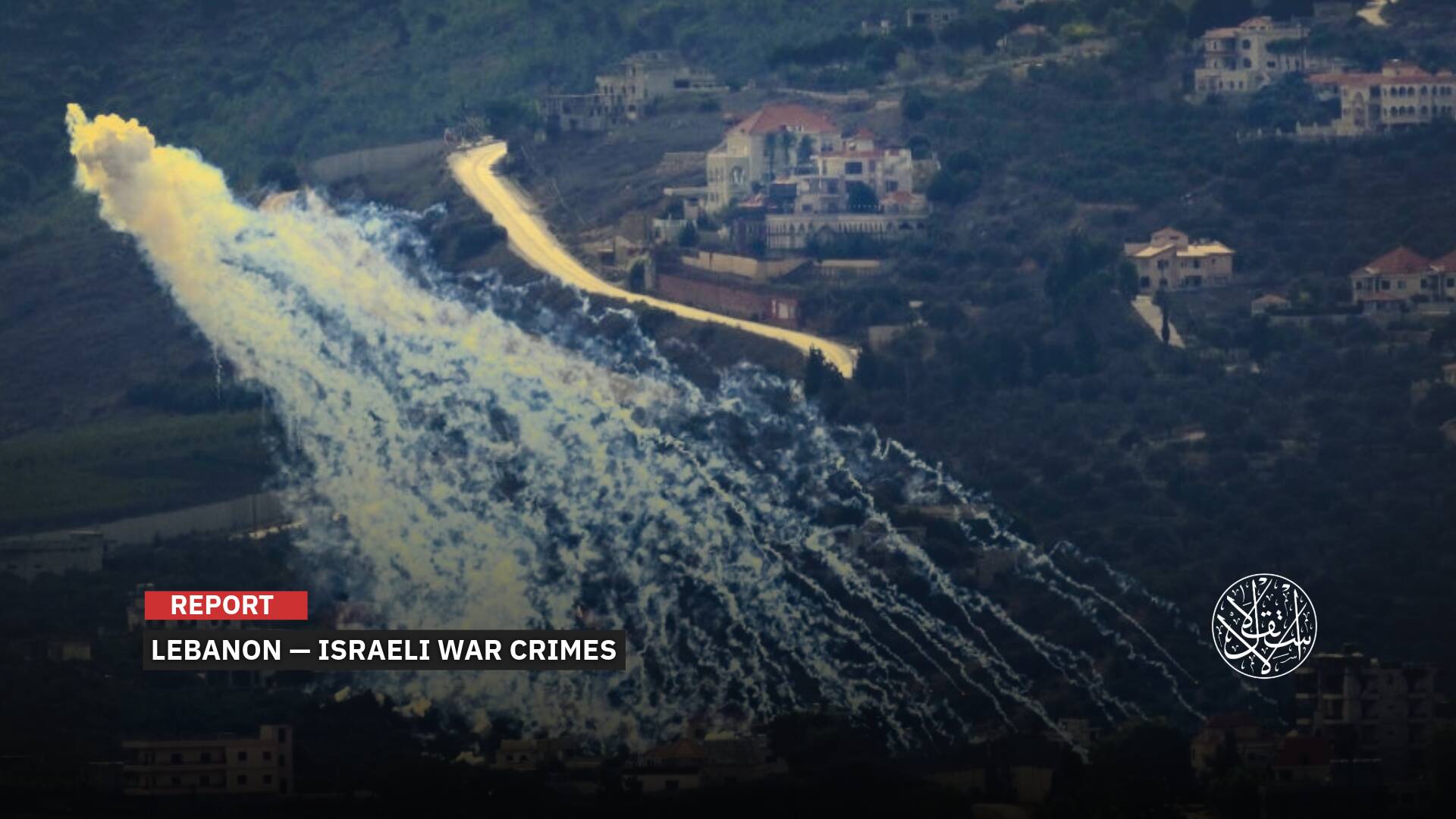After Russia's Suspension of a Nuclear Treaty: Is the World Entering a New Nuclear Arms Race?

Russia’s parliament recently passed a bill to suspend the New START nuclear arms treaty, a day following President Vladimir Putin’s announcement of the decision.
The Russian news agency TASS reported that the only remaining step for the decision to come into effect is its publication in the official gazette.
During a speech last week, President Putin stated that Russia was forced to suspend its participation in the New START treaty as the West aims to defeat and destroy their nuclear sites.
This bilateral treaty is currently the only international agreement between the United States and Russia to reduce nuclear escalation and limit their nuclear weapon stockpiles.
The New START treaty is crucial in maintaining peaceful relations between the world’s two most powerful countries in the nuclear arena.
Its suspension could potentially lead to a dangerous arms race, undoing the progress made over the years in global nuclear disarmament efforts.
New START Treaty
The New START Treaty is currently the only remaining nuclear arms control agreement in effect between the United States and Russia.
The origins of this treaty can be traced back to April 2010 when former U.S. President Barack Obama and his Russian counterpart Dmitry Medvedev signed the “Treaty between the United States of America and the Russian Federation on Measures to Further Reduce and Limit Strategic Offensive Arms: New START” in Prague, Czech Republic.
The treaty officially went into effect in February 2011 and was set to expire on February 5, 2021, after a 10-year term.
It mandated a 30 percent reduction in the maximum limit of intercontinental strategic offensive warheads and a 50 percent reduction in the maximum limit of launch mechanisms for both countries.
Specifically, the treaty stipulated that no more than 1,550 strategic nuclear warheads, 700 long-range missiles and bombers, and 800 launchers and heavy bombers would be allowed.
The treaty also allowed for inspections by both Russian and American parties without placing restrictions on nuclear program development activities.
As the treaty approached its expiration date, U.S. President Joe Biden proposed an extension, which was welcomed by Moscow.
On January 29, 2021, a five-year extension was signed by both sides, with NATO and the European Union lauding the decision as a positive step for international security.
Secretary of State Antony Blinken noted that the extension would allow for the verifiable limitation of Russian intercontinental ballistic missiles, submarine-launched ballistic missiles, and heavy bombers until February 5, 2026.
While the treaty provides a crucial limit on the number of strategic nuclear weapons, as well as missiles, land-based bombers, and submarines, the potential violation or deactivation of the treaty could result in increased conflict and a renewed arms race.
Nonetheless, the extension of the treaty remains an important measure for maintaining global stability and reducing the risk of nuclear escalation.

New Nuclear Era
Observers are suggesting that the world may be on the brink of a new nuclear era following Russia’s recent withdrawal from the New START treaty with the United States.
Meanwhile, there are reports of China bolstering its strategic military capabilities, leading to concerns over a potential nuclear arms race and the future of the global system.
The speculation is further fueled by Russian President Vladimir Putin’s endorsement of “Russia’s nuclear triad,” consisting of surface-to-surface attack missiles, bombs and strategic bombers for land targets, and nuclear missiles launched by submarines.
In his speech on Defender of the Homeland Day, Putin accused the West of attempting to strike Russia’s strategic air bases through a proxy war with a Ukrainian arm.
Signed in 2010, the New START treaty places limits on the number of warheads that Russia and the United States can deploy and keep.
Today, there are nearly 13,000 nuclear warheads in the world, with Russia possessing the largest number, followed by the United States. Business Insider reports that Russia has 6,850 nuclear warheads, of which 1,600 are deployed, 2,750 are stored, and 2,500 are no longer functional.
Meanwhile, the United States has 6,450 nuclear warheads, with 1,750 deployed, 2,050 stored, and 2,650 no longer operational.
China appears to be actively pursuing the development of its nuclear capabilities to compete with the world’s superpowers.
According to a report by the Pentagon at the end of last year, China is accelerating the growth of its military capabilities in general, with the size of its nuclear arsenal projected to increase by over three times by 2035 to 1,500 nuclear warheads.
In an effort to surpass U.S. military superiority in strategic weapons, China is upgrading its intercontinental ballistic missile program and has unveiled the Dongfeng-41 missile, which is capable of carrying ten warheads or a variety of warheads.
NATO, in turn, is reinforcing its vision of a balanced and confrontational nuclear world, with fears that China may significantly strengthen its armed forces, including its nuclear capabilities, as evidenced by the possibility of a Ukraine-style scenario in Taiwan.
Furthermore, North Korea is working to develop its nuclear program and improve its long-range ballistic missile capabilities, which have the potential to carry nuclear warheads and threaten adversaries.
Last October, North Korea launched a missile that flew over Japan, believed to be a medium-range Hwasong-12 missile with a range exceeding 4,500 kilometers, putting the U.S. Pacific Island of Guam within striking distance.

New World Order?
As the world witnesses a strategic arms race, analysts have acknowledged the determination of major nations such as China and Russia to challenge American hegemony and establish a new polar balance based on nuclear capabilities.
According to Emad Gad, a researcher in international relations at the Al-Ahram Center for Political and Strategic Studies, in an interview with TRT Arabic, Russia’s recent suspension of its participation in the Nuclear Arms Control Treaty is viewed as a “threatening precautionary measure” aimed at safeguarding its national security.
Gad said that Russia did that by declaring a veiled readiness for any scenario if it faces existential risks, which he said is “a Russian measure that bypassed the repeated threat of using nuclear weapons, which Russian officials have been repeating since the start of the Russian–Ukrainian war.”
He explained that “Europe is politically, militarily and economically capable of independence from America, France has the right of the UN veto, and the economic and military power of Germany and France qualifies the European Union in general to be independent from Washington’s tracks.”
“This means the possibility of Russia and China succeeding in creating a new world based on multiple forces armed with destructive nuclear weapons,” he said.
Academic Ayman Salama, a professor of international law, recently stated in media interviews that Russia’s decision to suspend its participation in the treaty does not imply a cancellation or a withdrawal by the Russians.
Instead, the decision serves to terminate American observer attendance of Russian launch tests and Russian observer attendance of test launches conducted by the United States.
On the possibility of imposing international sanctions on Moscow because of its suspension of the New START agreement, the professor of international law said: “This would have happened if Russia had withdrawn from the treaty, but only suspended it for reasons related to its national security and its military and strategic preparations for a future full of confrontations.”
He pointed to the escalation of Chinese armaments, even if it came as a matter of “self-defense” according to Beijing and coincided with developments in the Russian–Ukrainian arena, that the world is “going to nuclear confrontations.”


